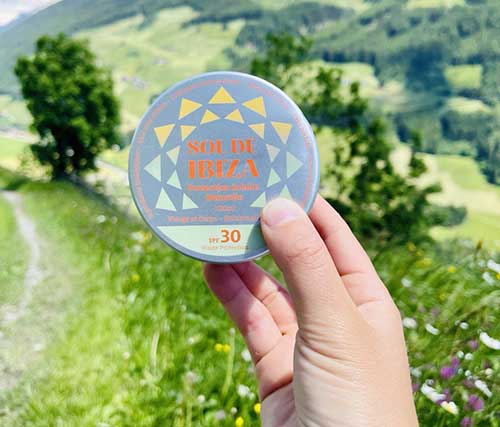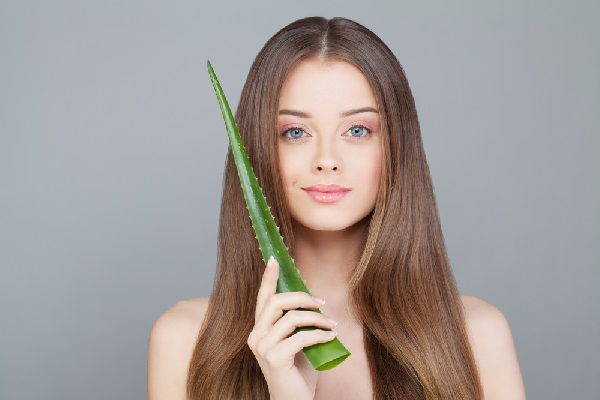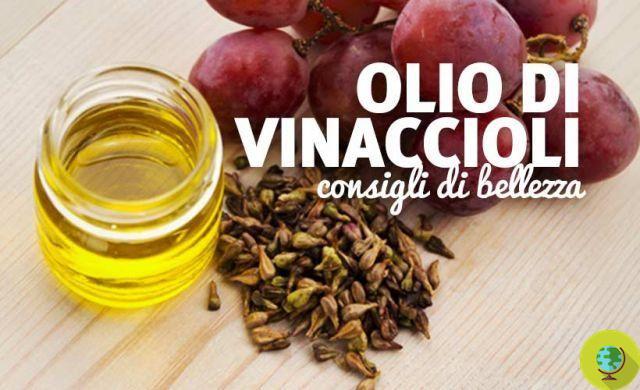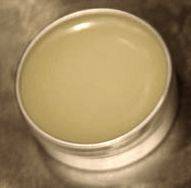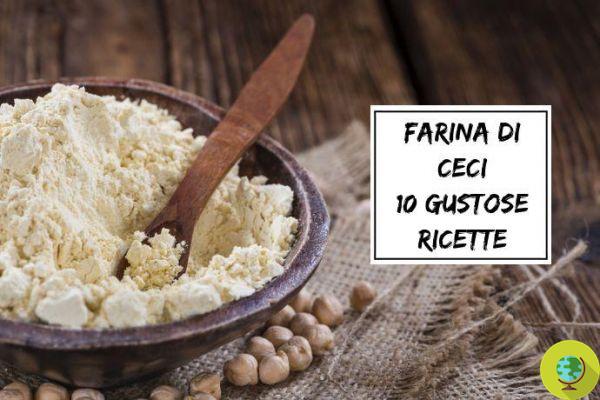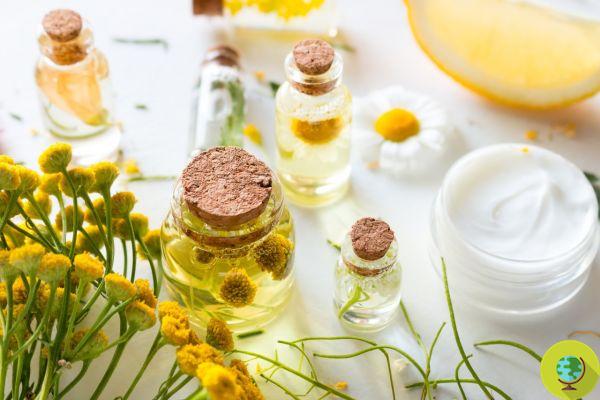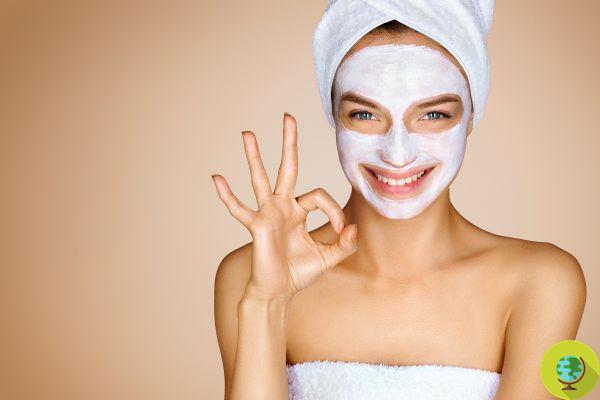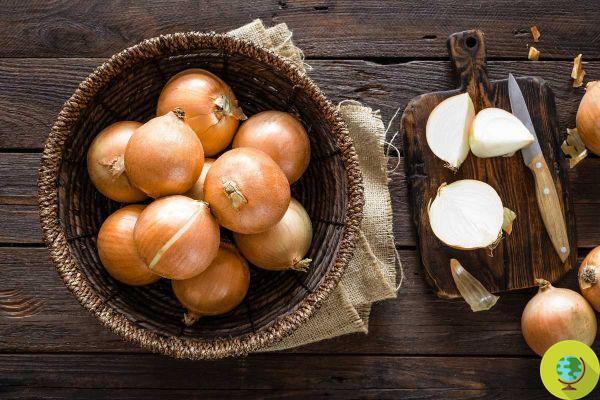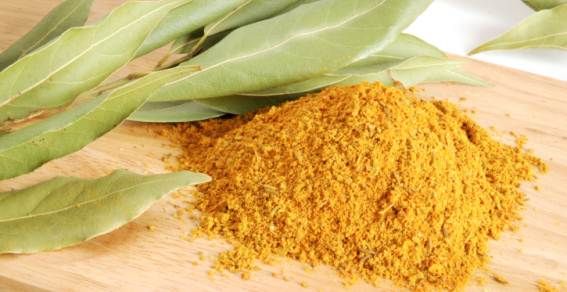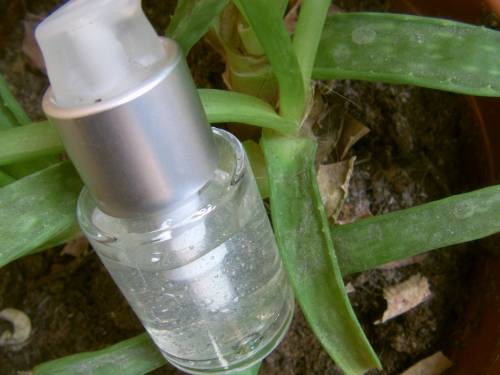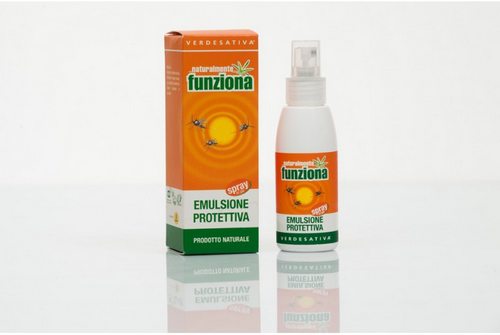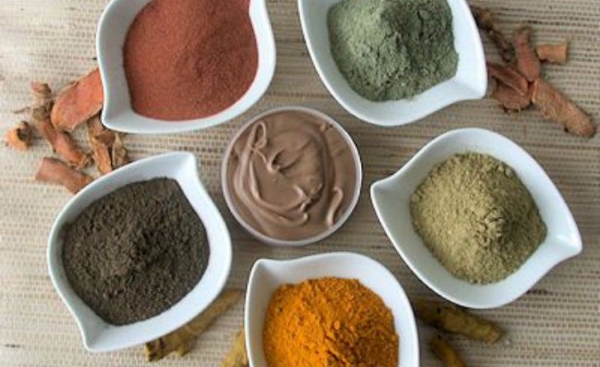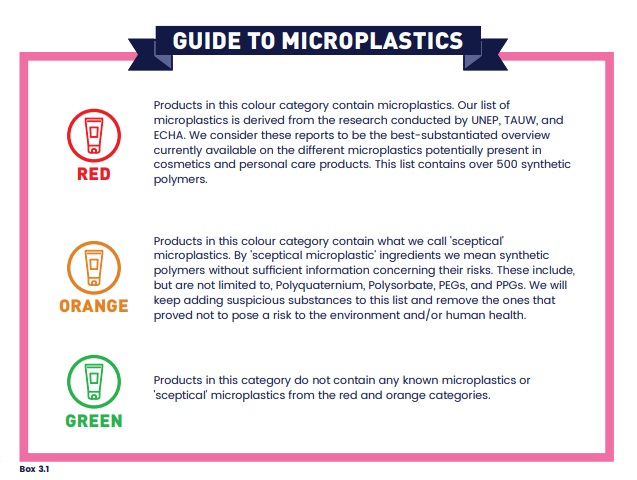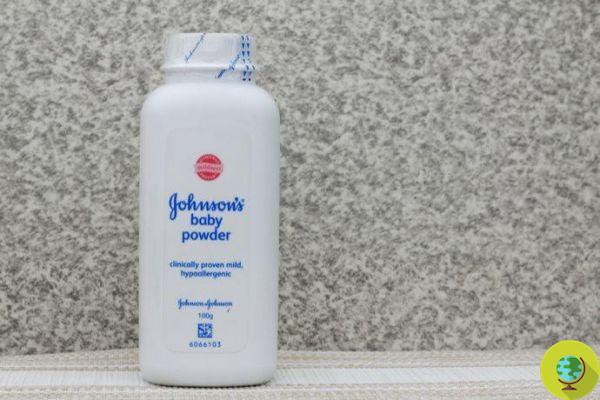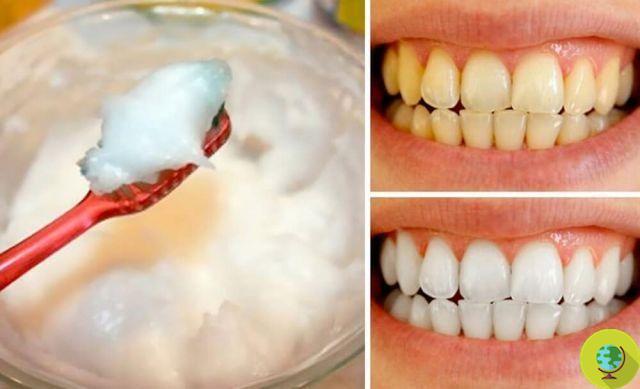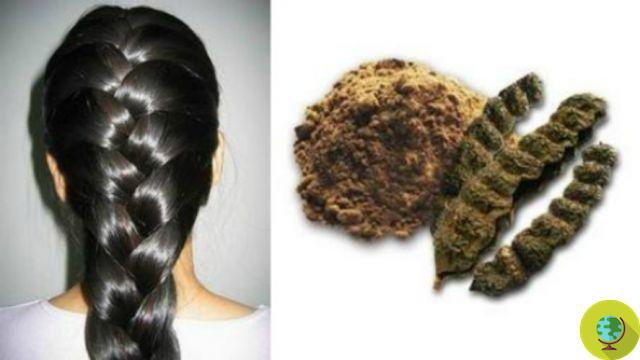How to dye white hair using and knowing how to best dose the so-called dyeing herbs based on the starting color of your hair. Dyeing white hair homogeneously and satisfactorily with completely natural methods is possible and within everyone's reach, as long as you have will and patience. In fact, in nature there are plants with intrinsic dyeing power, a characteristic that makes them particularly suitable for use in the coloring of textiles or wood.
Do not store avocado like this: it is dangerous How to dye white hair using and knowing how to best dose the so-called dyeing herbs based on the starting color of your hair.
Dye your hair white homogeneously and satisfactorily with completely natural methods it is possible and within everyone's reach, as long as they have will and patience. In fact, in nature there are plants with intrinsic dyeing power, a feature that makes them particularly suitable for use in the coloring of textiles or wood.
The powders obtained from the crushing of some of the dyeing plants can also be safely used for color our hair, including whites. Compared to chemical dyes, the natural colors they have the advantage of nourishing, softening, strengthening and polishing the hair, giving our hair a healthy and luminous appearance. All it takes is a little patience and some knowledge on how to best operate.
Index
Dyeing herbs for gray hair coverage
Before we go into detail, it is important to clarify that not all dyeing herbs are the same, in the sense that not all of them have the same coloring power. The one that colors the most is undoubtedly the henna, obtained from the crushing of the leaves of the lawsonia inermis.
Henna has a very high coloring power and is also the only permanent dyeing herb, that is, the only one that definitively binds to the keratin of the hair, stratifying on it.
There are also herbs that color a lot, such as turmeric or katam, and others that have a mild dyeing power, such as hibiscus, or simply have a reflecting effect, such as walnut husk and nagar motha.
Having made these necessary premises, we come to advice on how to concretely cover gray hair.
Cover the whites starting with a blonde base
If you have one blonde base, white hair can be colored using a mix of herbs, which we can find on the market in special packages in which the individual powders are already dosed and mixed. The effect will not be permanent, but it will certainly last longer than a few shampoos, until the new application.
Alternatively, we can arrange for you to compose the mix of yellowing herbs. In this case, it is good to keep in mind the specific characteristics of each individual powder. There turmeric for example, it has a very high dyeing power, so it should be used sparingly. In addition, on light hair it determines a very cold blond.
Rhubarb, on the other hand, gives warmer shades of blond, in some cases even tending to copper and orange.
To this mixture we can add chamomile, which has a mostly reflecting power, and oxidized cassia. By oxidizing cassia for 12 hours in vinegar or lemon juice, this herb will be able to give golden shades to our hair, as well as exert an extraordinary strengthening power and. restructuring.
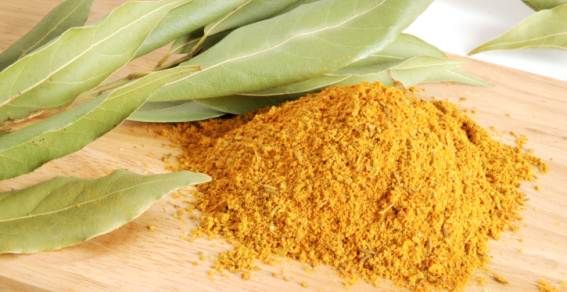
Cover the whites starting from a red base
People who have a starting coloring with red or coppery shades, they can cover gray hair through the use of henna or madder.
As mentioned, henna is the only permanent dyeing herb. It is great for dyeing hair and can cover whites perfectly. Releases a coppery shade, more or less accentuated depending on how dark the starting color is.
So, if the coppery or even orange effect is not to our liking, we can use madder to cover the whites. This powder in fact gives darker and colder colors, tending to mahogany and cherry.
If we want to accentuate the cold shade of madder, we can macerate the powder in a basic environment, adding a pinch of baking soda to the batter preparation water.
Cover the whites starting with a brown base
If instead we start from a brown base, the ideal procedure is longer but equally simple. In this case, in fact, to obtain a complete and satisfactory coverage of whites, the ideal would be to resort to double pass.
What does it consist of? consists of cover gray hair evenly first with a coat of henna only, then toning them with a darkening herb (katam or indigo), used in a dyeing mixture.
In case of hair light brown, once you have carried out the first step with only henna, it is necessary to dilute the dyeing compound a lot if you do not want to darken the hair too much. In any case, it is preferable to use katam over indigo, since the latter gives darker and deeper tones.
A good dyeing compound, able to cover white hair while still returning a brown color, should consist of a good percentage of cassia and a small percentage of katam and henna.
In this case, the cassia has the function of diluting the final color, the katam gives the brown shade, while the henna acts as a mordant, helping to fix the tint better.
There are no fixed rules or percentages that apply to everyone. You have to try and experiment firsthand, because each hair is different, has its own specific porosity and therefore a different receptivity to dyeing herbs.
In any case, a suitable blend to obtain a light brown, while simultaneously covering white hair could be the following: 60% cassia, 25% katam and 15% henna.
If we have little time or in any case do not want to undergo the double pass, we can opt for a single pass, always using a dyeing mix of cassia, henna and katam. In this case, however, the coverage of whites will not be equally guaranteed.
If our starting point is a medium brown, the same speech made previously applies. In this case, however, it will be necessary to increase the percentage of darkening herb inside the dyeing compound. A rough indication could be the following: 30% of Cassia, 30% of henna and 40% of katam.
For a very dark brown, tending to brown, we can use a mixture composed of 50% katam or indigo and 50% cassia.
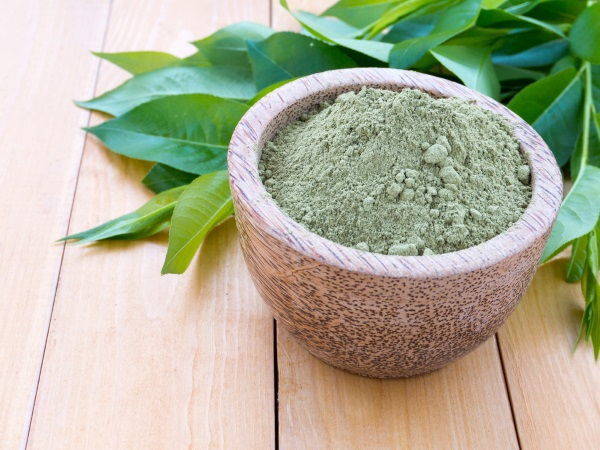
Cover the whites starting with a black base
On black hair, on the other hand, after having carried out the first step based only on henna, you can distribute a batter made up preferably only of indigo or, possibly, of katam alone.
Indigo dyes hair a deep black, with blue highlights.
Katam instead releases a very dark brown color, but less strong than indigo. In sunlight, the reflections appear violet.
Steps to cover gray hair
As for the procedure to follow, applying the dyeing herbs on the hair is quite simple:
- Si dissolves the dust or powders in hot but not boiling water and wait about 15-20 minutes for the dyeing pigment to be completely released.
- The baby food obtained then goes evenly distributed on the hair, dry or wet it does not matter, as long as they are clean or in any case free of oils or other products that would exert a filming effect preventing the penetration of color.
- The batter must be kept moist, otherwise it ceases to dye. Because of this, the hair goes out covered with cling film, taking care to apply it everywhere.

Covering white hair: shutter speeds
As for the processing times, it must be said that the longer the dye stays on the hair, the more orhomogeneous and lasting will be the result obtained.
For blond hair, the minimum application is one hour, but it is advisable to keep the dye on the hair for about 2 hours.
Also to cover red hair, henna or madder should be kept on for at least 2 hours.
In case of brown hair, the first henna-based pass takes 2-3 hours to achieve optimal coverage on whites. For the second step, the one that includes the darkening herb, 1 hour and a half or 2 hours at the most will be more than enough. If you decide to do a single pass, it is preferable to keep the dyeing compound on for about 3 hours.
At the end of the application, it is advisable to wash the hair well to remove all residual dust. You can use just water or lightly cleanse with a mild shampoo.
Acid rinse recommended, necessary to close the hair scales and fix the color in the best possible way. It is carried out by adding an acidic substance such as vinegar or lemon juice to the water of the last rinse.
If you want to learn more about the various dyeing herbs, read also:
- HENNA: EVERYTHING YOU NEED TO KNOW TO DYE YOUR HAIR
- KATAM: THE “BLACK HENNA” THAT NATURALLY DARKENS HAIR
- INDIGO: THE NATURAL BLACK-BLUE HAIR DYE
- CURCURMA: HOW TO HAVE GOLDEN HIGHLIGHTS AND LIGHTER HAIR
- 10 DYEING HERBS TO COLOR OR REFLECT OUR HAIR
- CHEMICAL DYES VS NATURAL DYES: BENEFITS, EFFECTS AND RECOMMENDATIONS
Cover gray hair with other natural methods
There are other natural substances often recommended for hair dyeing. Tender, coffee, sage, rosemary, carrot, beetroot, cocoa: there is really plenty of choice.
Personally I have never tried these products on the hair, while I have a long direct experience with the dyeing herbs. I do not feel I advise against its use, also because, being completely natural substances, the maximum damage they can cause is that of not coloring at all. But I cannot comment on their effectiveness.
Personally, I prefer the use of substances that have the specific power to color the hair, namely dyeing herbs. The results in this case are truly extraordinary and always guaranteed.
And for this I strongly recommend its use to those who want take care of your hair in a completely natural way but at the same time extremely effective.
In fact, with the dyeing herbs it is possible to cover gray hair very well, obtaining full-bodied and deep colors, splendidly modulated on our starting shade. Furthermore, application after application, the hair will appear more voluminous, soft, strong and luminous.




